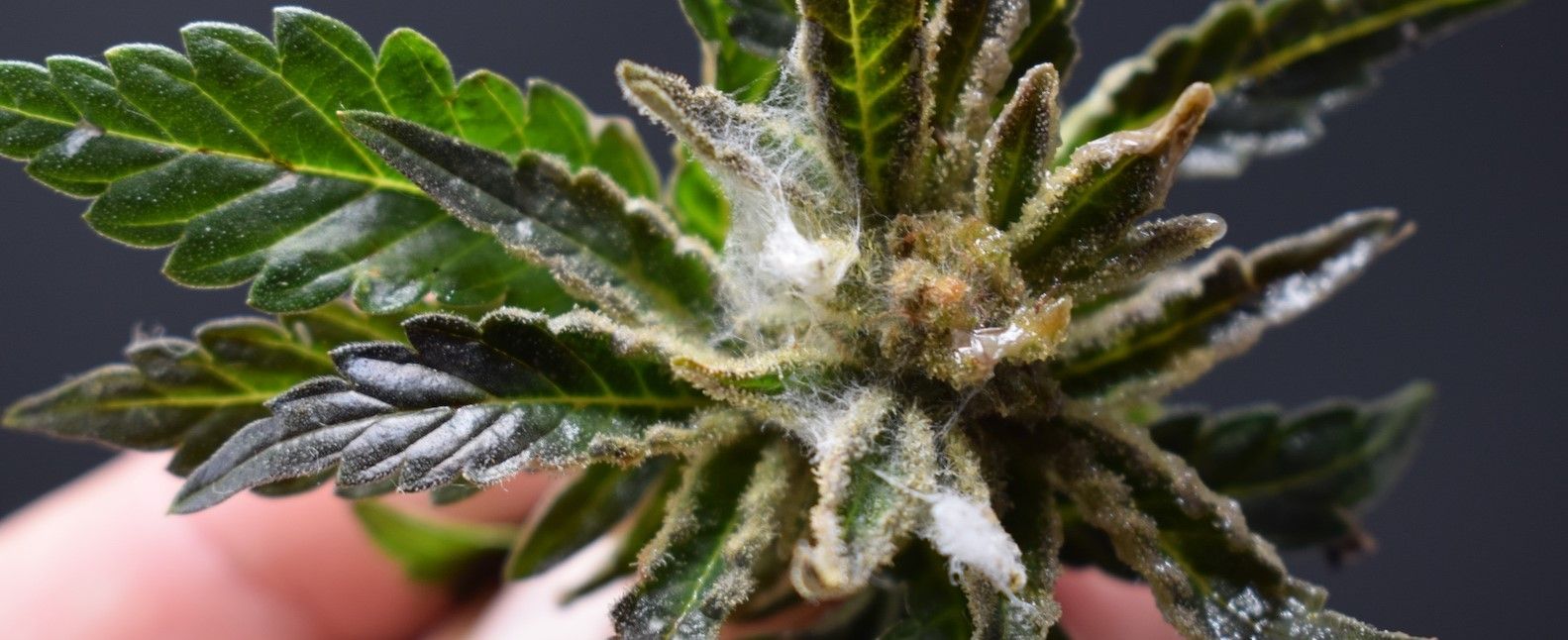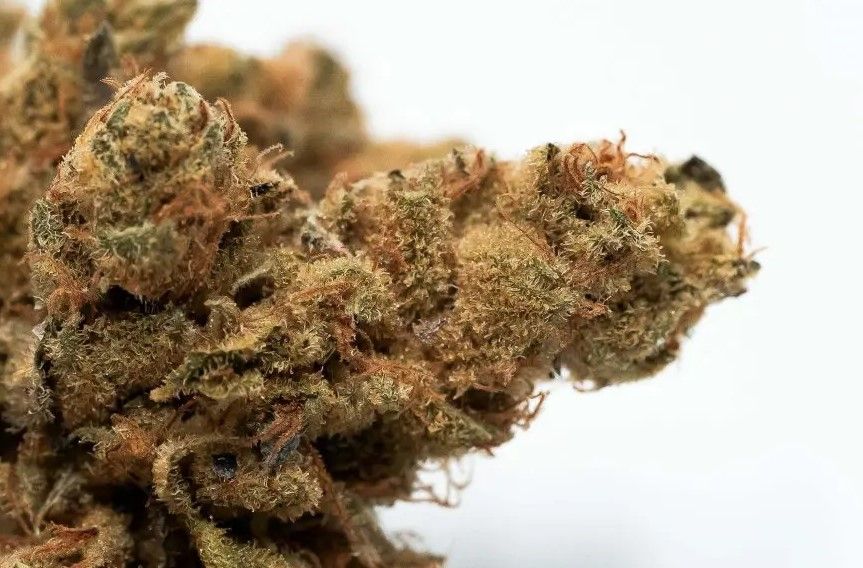Trichoderma is a type of fungi that often resides in soil cultures, but its true functions are still largely unknown. In this article we explore the potential benefits of Trichoderma for plants and living soil, as well as how it might form symbiotic relationships with the root zone and surrounding ecosystem.
What Is Trichoderma?
beneficial fungi that exist in organics, and have multiple properties when used within an organic garden. Found commonly in soil as well as other habitats, they are among the most common fungi found in nature with close to 90 species of the genus existing.
Trichoderma, a type of fungi, is often easily accessible in powder or liquid form. When added to your roots, it will promote symbiosis between the Trichoderma and root zone. Meaning, the Trichoderma will grow on the surface of the root zone and act as a metabolic highway for surrounding nutrients to be obtained from soil food web. Another advantage of using Trichoderma fungi is its built-in resistance towards chemical-based pesticides – although this may depend on which strain of fungi you use.
We believe that the more robust a plant’s root zone is, then the quicker and taller it will grow. Applying Trichoderma to young seedlings jumpstarts growth by increasingroot mass and promoting a higher metabolic response than if beneficial fungi were not present.

What Does Trichoderma Fungi Eat?
Like bacteria, these fungi grow best in environments that are rich in carbon and nitrogen. The fungi will break down organic material, releasing carbon into the atmosphere and maintaining a balance in the food chain.
For symbiotic fungi and root hairs to work optimally, high carbon level organic matter, such as biochar or compost, must be added.
The Difference Between Beneficial Bacteria and Fungi
Although both beneficial bacteria and fungi have many similarities, such as forming symbiotic relationships with plants, one key difference is that they are aerobic. This means that they use oxygen to produce energy through cellular respiration. Bacillus are responsible for nutrient uptake and delivery but can also battle pathogens. On the other hand, Trichoderma and other beneficial fungus support plant immunity.
Bacteria and fungus(es) will competitively inhibit each other when used together; however, cannabis plants with a life cycle shorter than 8 months should use more dominant bacterial groups, whereas those exceeding the 8-month point should be more fungi dominant.
Pathogen Control
Trichoderma protects your garden by preventing other pathogenic fungus from entering and coming into contact with your soil and plants. In fact, studies have shown that Trichoderma is one of the best ways to biologically control an organic garden. Not only does it prevent threatening pathogens, but it also overpopulates them. Trichoderma can either be a top dressing for your soil or a solution that’s sprayed onto plant leaves. Some growers opt to add Trichoderma when they’re brewing organic compost tea, which multiplies the fungi into billions using oxygen. When it’s used as an agent to prevent pathogens from forming, Trichoderma naturally has resistance to manmade pesticides–something that can’t be said about other agents.
Trichoderma is a versatile fungi that can be used to benefit plants in several ways. Using it early on and throughout the plant’s life will allow Trichoderma to greatly improve the plant’s immune system, leading to greater growth potential and management of pathogens.
Increased Stress Management
Cannabis plants have shown that they are able to withstand environmental stress, such as dry periods or droughts, better when Trichoderma is present in the soil food web. Thanks to the mass network active in the soil, roots are able to hold more water and transpire less, promoting a larger reserve tank of accessible nutrient solution or water.
5 Benefits Associated With Using Trichoderma
- Plants will grow more roots, which improves root growth and depth. Roots search for air pockets, so the deeper the roots can expand, the healthier the soil food web becomes.
- The fungi clinging to the roots make it possible for the plant to hold water better, meaning it can go without water for longer periods of time. This also results in an increase of nutrient uptake and availability.
- When we discuss Trichoderma, big roots usually equate to larger fruits. By increasing nutrient uptake and metabolic highways, the end result will be a bountiful harvest. For cannabis growers, any help in boosting their harvests is well appreciated.
- Trichoderma not only helps with photosynthesis, but also the production of growth hormones called phytohormones. These are natural growth hormones that help the plant to grow.
- You can cut back on the amount of nutrients you give your plants when you use beneficial fungi. Once the soil food network is up and running, the relationship between root hairs and fungi will provide adequate carbon levels, so bonds of food will be available to plants just like a fridge full of food.

